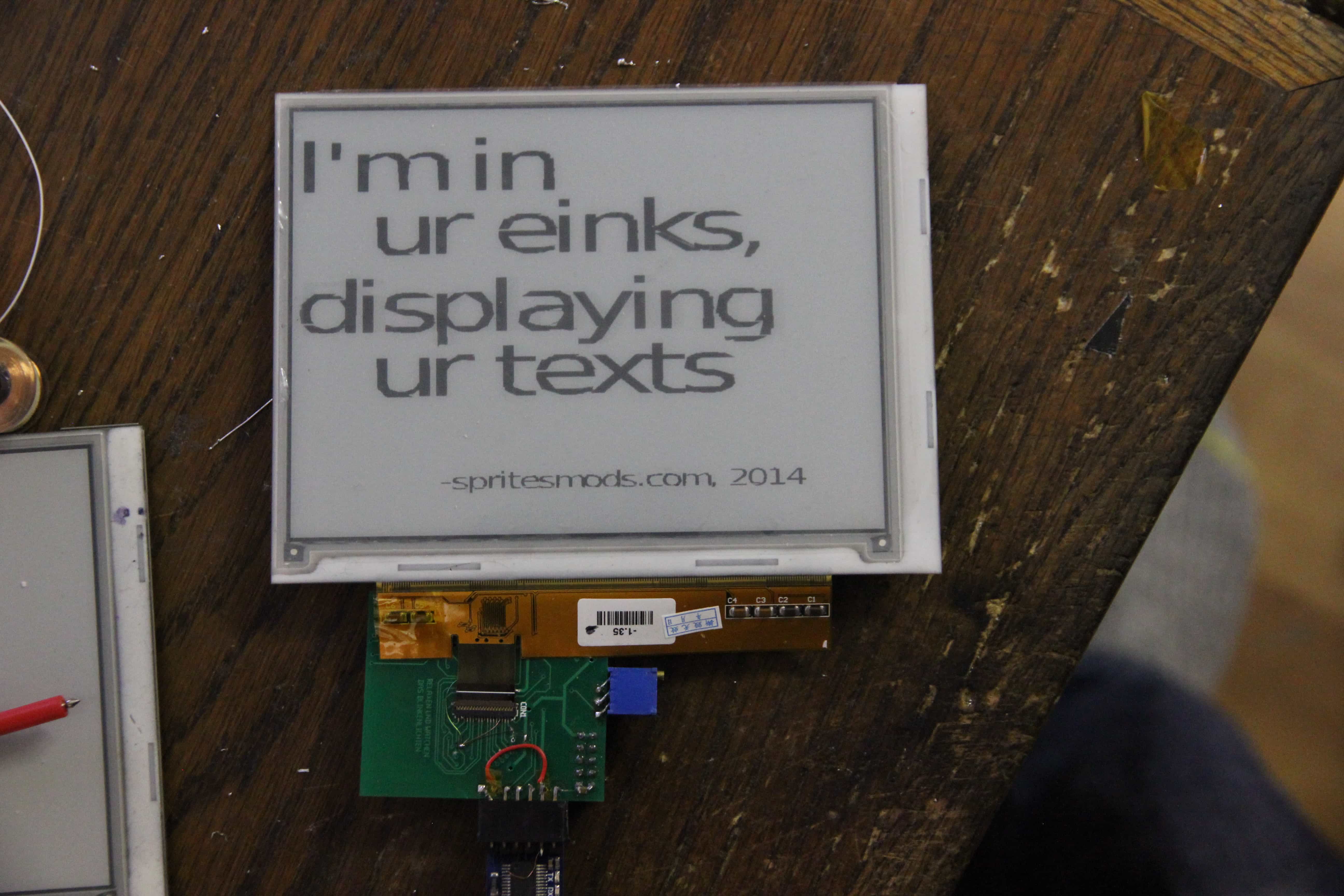Destructive Document App Dstrux Collides with Destructive Messaging App Confide – There Were No Surviving Electrons

Originally a service which let you share documents in a secure manner (and control when they expire), Dstrux rolled out an update this week which adds support for self-destructing FB and twitter messages and shared photos. Similarly, the destructive messaging app Confide now lets users share documents and photos while also preventing the docs from being screenshotted or reshared.
In short, the two apps have each expanded from offering complementary tools offering competing tool suites.

And now Dstrux is moving into sharing files and messages over Twitter and Facebook. As with the documents, Dstrux acts as an intermediary and hosts the image or message. A user can generate a public link that recipients click on to view (they’ll also need to use Dstrux, which is free). As always, Dstrux says that the message or image can’t be printed, saved, copied or screen captured.
- You can find the Dstrux app in Google Play and iTunes.
Dstrux’s new features sound an awful lot like where Confide got its start.
Confide launched as a secure messaging app in January 2014. This service offers end to end user encryption with messages that vanish once they have been viewed, and thanks to the new update Confide also now lets users share documents and images in a secure manner (Word, Excel, PowerPoint and PDF are all supported).
What’s more, Confide has hit upon a neat trick for keeping the recipient of a message or document from copying it with a single screenshot:
Based on the few times I’ve used it in my web browser, I can tell you that Dstrux uses a similar method. It’s very frustrating to the end user, but if you value control over easy of use then it should work well at keeping a document secure.
- You can find the Confide app in Google Play and iTunes.

Comments
Google Drive Now Lets You Set a Read-Only Flag on Shared Files | The Digital Reader July 14, 2015 um 7:01 pm
[…] you really want to stop everyone from copying then you would need to use a service like Dstrux, but I would not recommend it for moat uses. That service is much more restrictive in how you […]